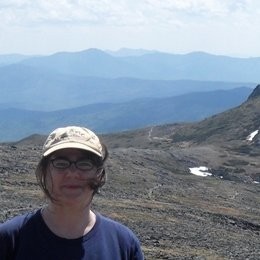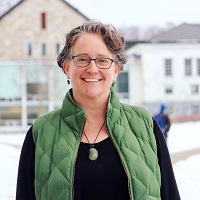There is increasing evidence that ecological processes at high latitude are just as sensitive to the timing of events as to their magnitudes. In the boreal forest, moisture availability in summer affects both tree growth and the fire regime. Summers are brief and seasonal transitions rapid, so even slight shifts in the timing of precipitation patterns can have large impacts. One of the most striking seasonal phenomena in the Alaskan boreal forest is the onset of frequent frontal storms in late summer. This event usually comes in mid-July but is delayed into August or even September in some years. Summers when the rains are delayed have a greater chance of being mega-fires seasons when >1.6 million ha burn. This project will test the hypothesis that shifts in the seasonality of warm-season precipitation could be a key driver of the boreal forest’s responses to future climate changes. The effect of late-summer precipitation on tree growth and fire in Alaska will be quantified in two ways: First, by analyzing interactions between climate, fire, and tree growth (specifically ring-width, ring density, and wood-isotope composition); second, by analyzing fire-climate relationships using a new statistical approach. Together, these results will improve parameterization of the forest model ALFRESCO, which will then be used to test additional hypotheses about the interconnections among future climates, tree growth, fire, and their collective feedbacks to the global climate system.
The shifting seasonality of water availability during the warm season may be of key importance in determining how the global boreal forest responds to future climate changes. The multidisciplinary research proposed here represents a new approach to answering a novel question. No one has examined the impacts of seasonal shifts in the timing and magnitude of warm-season precipitation on vegetation distribution, tree growth, and fire regime in the boreal forest before. This will be the first time that tree rings from deciduous species in the boreal forest are used to describe past variations in summer rainfall through measurements of ring-width, late-wood density, and wood isotopes. The generalized boosting technique we propose using has not been previously applied to climate-fire records. The results of these tree-ring and statistical analyses will improve parameterization of the ALFRESCO forest model and allow us to explore the interactions among components of this part of the arctic system with greater realism.
Project Location
Dates
-Members
Principal Investigator

Principal Investigator

Principal Investigator

Co-Principal Investigator

Co-Principal Investigator

Project Member

